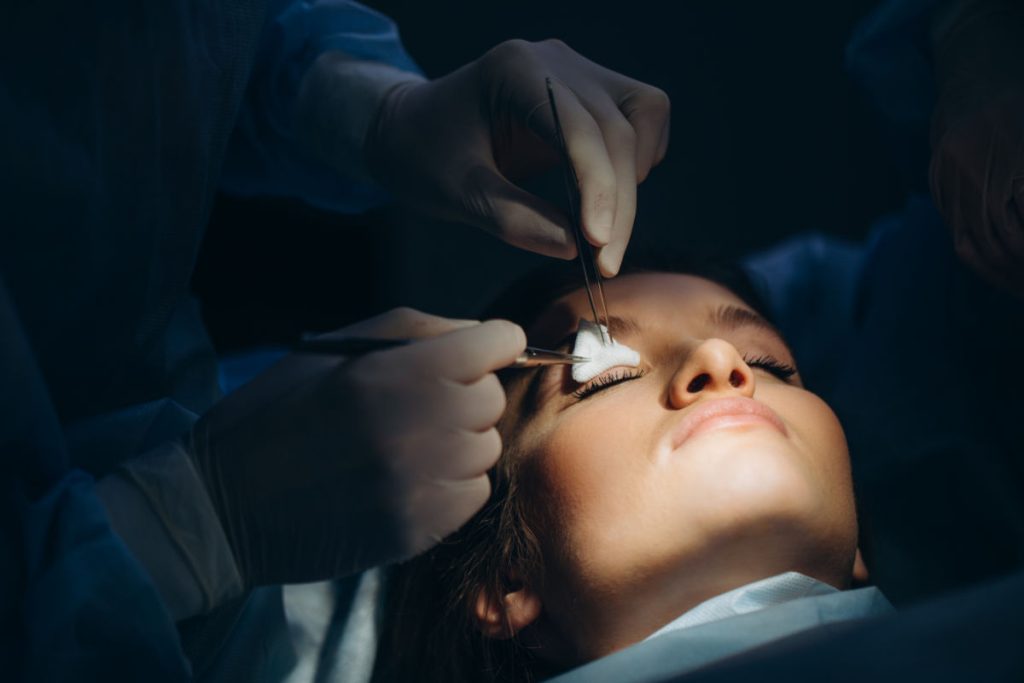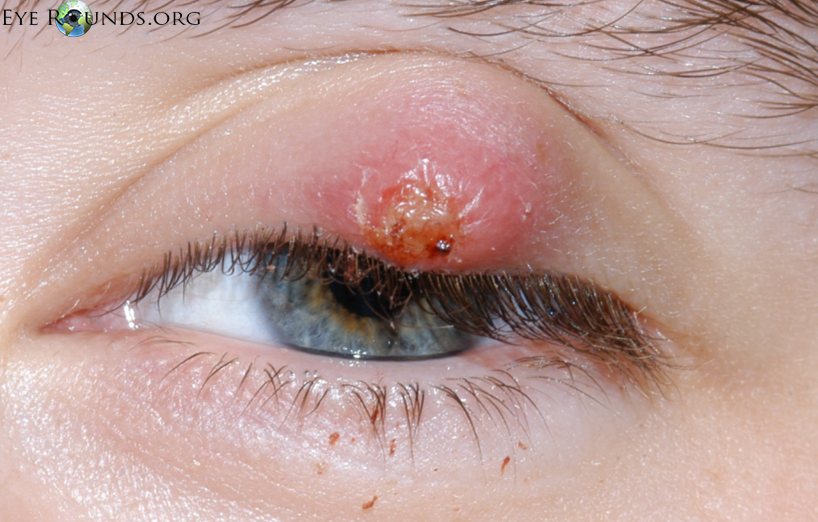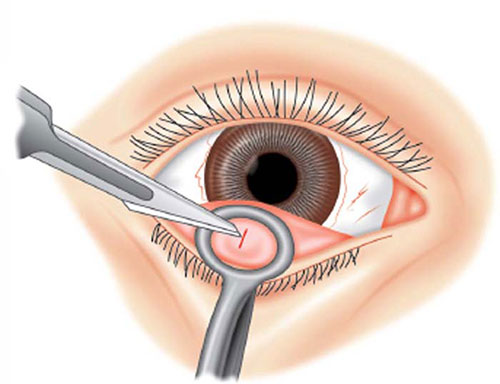
Why is chalazion surgery necessary?
Chalazion incision is performed for patients who have developed a chalazion, which has not settled despite general measures such as warm compresses, lid hygiene, and oral antibiotics (if infected).
A chalazion (plural: chalazia) is a swelling in the eyelid due to a blocked oil gland. It is usually painless and generally resolves over a few months without treatment. When it becomes infected or inflamed, it can become painful and filled with pus.

Blepharitis (inflammation of the eyelid margin) is the commonest risk factor for a chalazion to develop.
Most chalazia do not require surgery and will settle on their own over a few months. However, the chalazion will resolve more quickly if incision and curettage is performed.
What does chalazion surgery involve?
Chalazion incision and curettage is a minor surgical procedure which involves:
● Injecting local anesthetic to numb the eyelid
● Placing a clamp to protect the eyeball
● Using a blade to make a few cuts into the chalazion
● Using a curette to scrape away any debris or pus contained in the chalazion
● Applying an antibiotic ointment on the wound
● Covering up the eye with a pad
The procedure usually takes less than 15 minutes to perform.
What are the potential risks?
This procedure is very safe. Most complications can be treated although sight-threatening complications may occur rarely (less than 1 in every 1000). Risks include:
● Bruising around the eyelid. This usually settles gradually over a few weeks.
● Infection of the eyelid. This will require treatment with oral antibiotics.
● Scarring with a permanent mark on the eyelid.
● Recurrences may occur, especially if the blepharitis is not being managed.
What should I expect?
Chalazion incision and curettage is a clinic-based day case procedure performed under local anesthetic. The procedure does not require hospital admission. It is usually performed one eye at a time.
Before surgery:
On the day of your procedure, please take all your usual medications unless otherwise advised. There is no need to fast beforehand. It may be difficult to drive home on the day of the procedure, so it is ideal to have alternative travel arrangements planned.
During surgery:
To reduce the risk of infection, povidone iodine antiseptic is used to clean your eyelid and eyelashes.
A clamp is placed to delineate the chalazion and to protect your eyeball. You will feel some pressure from the clamp.
You will feel some instruments moving around on your eyelid, but you should not feel any pain. You may feel some blood from the eyelid go into your eye.

After surgery:
A pad will be placed over your eye. It can be removed after 2 hours. It is common to still have some ooze of blood from your eyelid even after the pad has been removed.
You will be given an antibiotic ointment (Chloramphenicol) to use 3 times daily for 5 days. The ointment is formulated for use on the eyeball, so do not worry if it goes into your eye. Please continue your other usual eye drops, if any.
The chalazion will not disappear instantaneously, but instead will gradually reduce in size over a few weeks. The bruising and swelling of the eyelid can take a few weeks to settle.
Please contact the clinic immediately if you experience pain or a sharp drop in vision.


